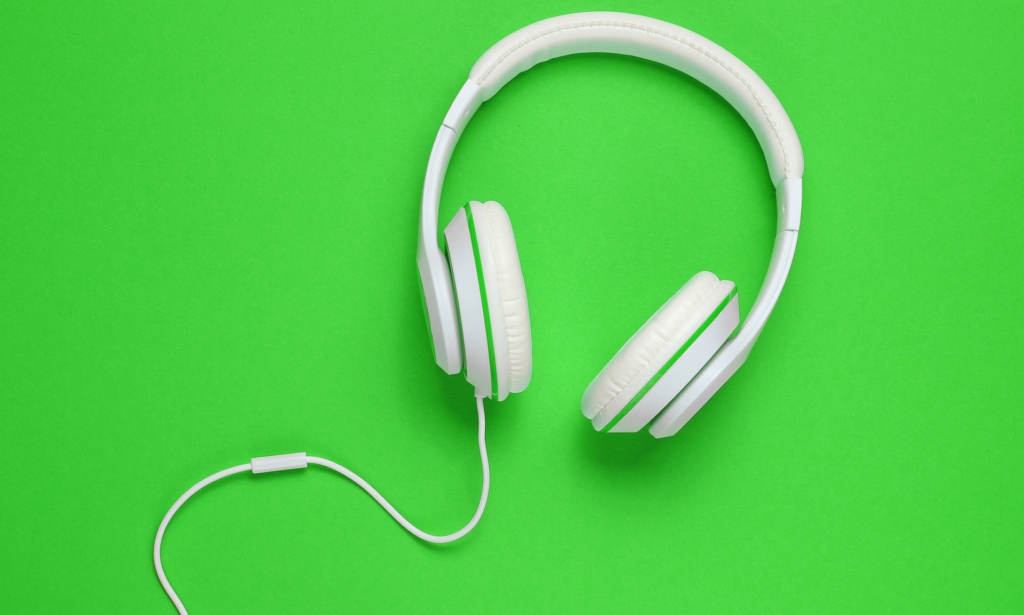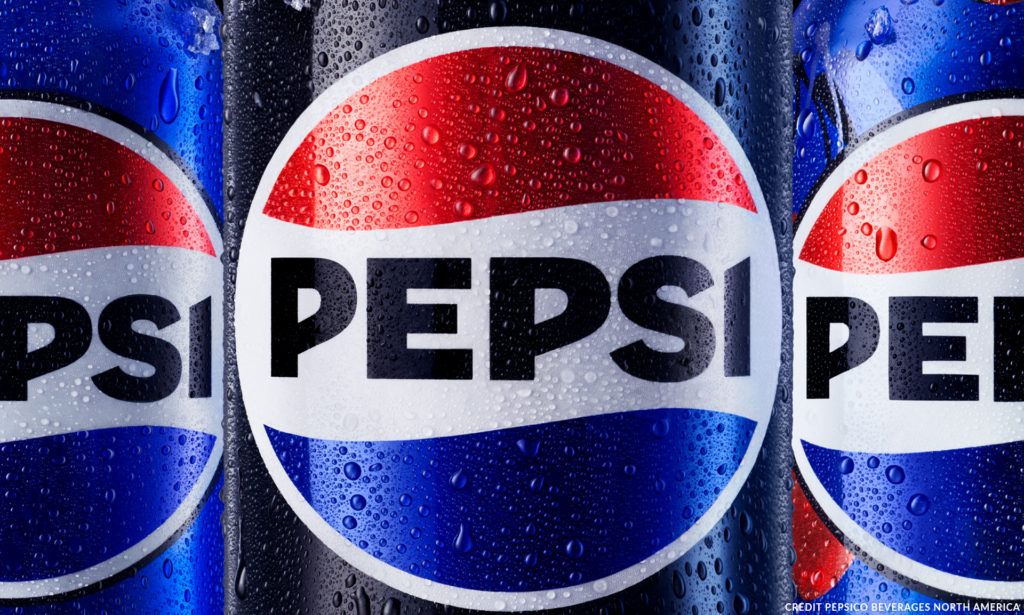< 1 Min Read
The Reason Crystal Pepsi Fell Flat with Consumers
Most brands need to innovate to stay competitive in their industry and relevant to their customers. But straying too far from what customers expect can clearly lead to trouble.
History of the “Clear Craze”
Pepsi learned that lesson with the launch of Crystal Pepsi in 1992. In the early 90s, the “Clear Craze” was in full swing. Brands were pushing the idea that clear products, from soaps to beverages, had fewer dyes and preservatives and were somehow more pure.
Pepsi jumped on board in a big way, promoting Crystal Pepsi with the first photo-realistic bus wraps and a Super Bowl ad. Despite early success, Crystal Pepsi was ultimately doomed to fail.
Coke’s Play
Creator David Novak admits they never got the taste quite right. What’s more, Coca Cola launched Tab Clear as a campaign to sabotage Pepsi’s new clear cola. Coke CMO Sergio Zyman (who was also behind the infamous New Coke launch) says Tab Clear was designed to fail and kill both clear sodas. It was marketed as sugar-free, leading consumers to assume Crystal Pepsi was, too – it wasn’t.
Yet there may be a more fundamental reason why Crystal Pepsi never caught on. Customers don’t like radically different products. In fact, researchers have found that products that are “extremely incongruent” with what customers expect produce physical symptoms of anxiety.
Like the Ford Edsel before it, Crystal Pepsi was too different from what customers expected. Even loyal Pepsi drinkers couldn’t be convinced.
The Nostalgia Factor
While Crystal Pepsi failed to fully capitalize on the “clear” trend in the 90s, it has been a hit more recently thanks to a wave of nostalgia marketing. Despite that fact that it was a complete flop decades before, 37,000 people signed a petition to bring it back in 2015.


